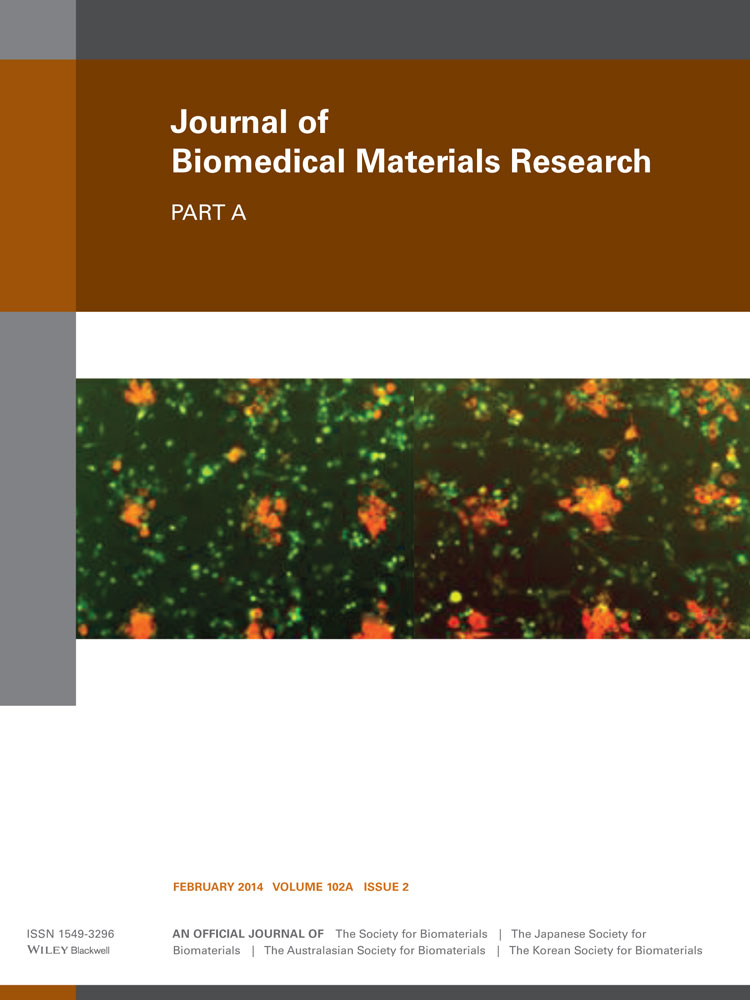Quantifying cellular alignment on anisotropic biomaterial platforms
Abstract
How do we quantify cellular alignment? Cellular alignment is an important technique used to study and promote tissue regeneration in vitro and in vivo. Indeed, regenerative outcomes are often strongly correlated with the efficacy of alignment, making quantitative, automated assessment an important goal for the field of tissue engineering. There currently exist various classes of algorithms, which effectively address the problem of quantifying individual cellular alignments using Fourier methods, kernel methods, and elliptical approximation; however, these algorithms often yield population distributions and are limited by their inability to yield a scalar metric quantifying the efficacy of alignment. The current work builds on these classes of algorithms by adapting the signal processing methods previously used by our group to study the alignment of cellular processes. We use an automated, ellipse-fitting algorithm to approximate cell body alignment with respect to a silk biomaterial scaffold, followed by the application of the normalized cumulative periodogram criterion to produce a scalar value quantifying alignment. The proposed work offers a generalized method for assessing cellular alignment in complex, two-dimensional environments. This method may also offer a novel alternative for assessing the alignment of cell types with polarity, such as fibroblasts, endothelial cells, and mesenchymal stem cells, as well as nuclei. © 2013 Wiley Periodicals, Inc. J Biomed Mater Res Part A: 102A: 420–428, 2014.




